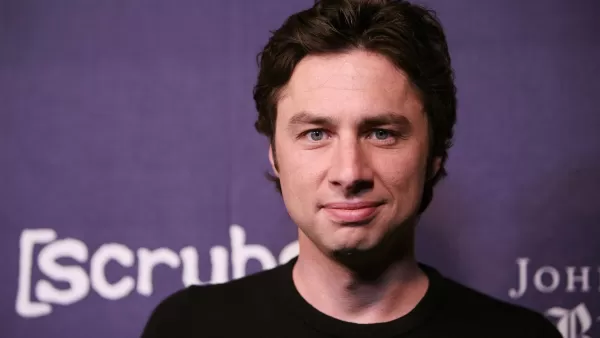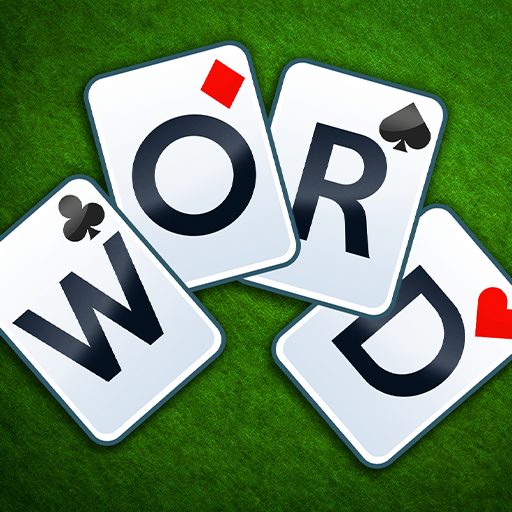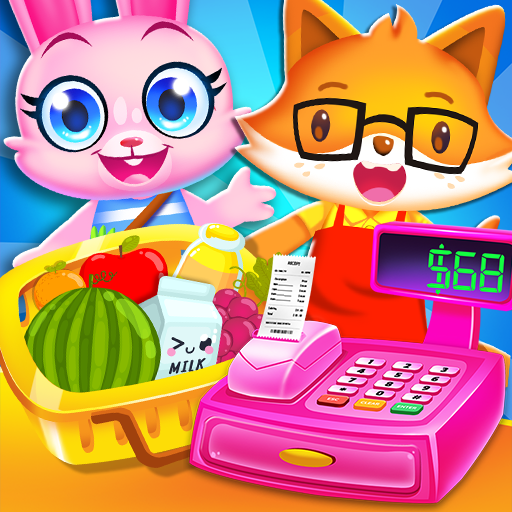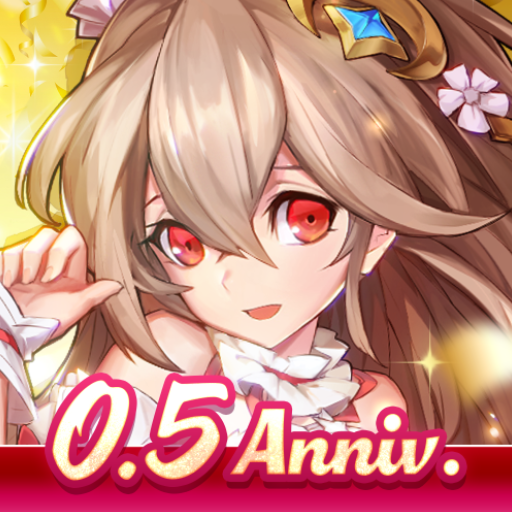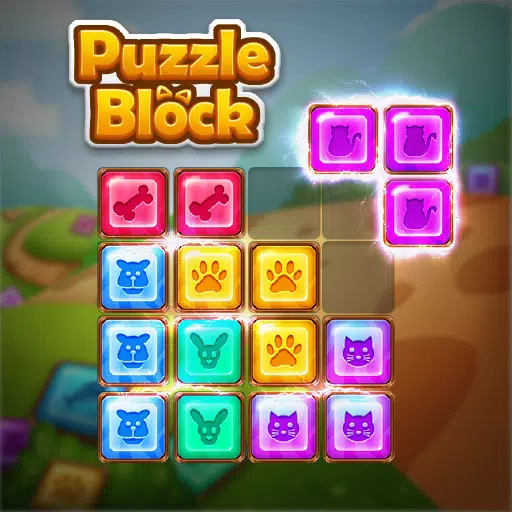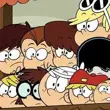Superhero comics are no longer just inspiring movies and TV shows; they're also fueling big-budget podcasts and audio dramas. DC has recently launched its most ambitious podcast initiative yet with the debut of DC High Volume: Batman, a series designed to bring some of the Dark Knight's most iconic comic book stories to life in audio format. But to get the full experience, listeners should tune into more than just the main series. DC is also rolling out a companion show within the DC High Volume feed, hosted by writer and journalist Coy Jandreau. This companion series dives deep into the creation of the show, featuring interviews with the cast, crew, and the original comic creators. The first companion episode, set to release on Thursday, April 24, will include discussions with Batman voice actor Jason Spisak and DC’s Creative Director of Animation & Audio Content, Mike Pallotta.
IGN recently had the opportunity to speak with Jandreau about how the companion series enhances the DC High Volume: Batman experience. Dive into the details below to discover how these episodes can deepen your appreciation for the Caped Crusader.
What Is DC High Volume: Batman?
To fully grasp the purpose of the companion series, it's essential to understand DC High Volume: Batman. This series is a groundbreaking collaboration between DC and podcast giant Realm, transforming classic Batman comics into an immersive audio drama. It starts with iconic stories like Batman: Year One, featuring Jason Spisak voicing Bruce Wayne/Batman and Jay Paulson as Jim Gordon.
“DC High Volume is the first of its kind on this scale, essentially a one-to-one adaptation of classic Batman comic books into an incredible audio long-format radio play,” Jandreau explained to IGN. “It takes stories like Batman: Year One and The Long Halloween and turns them into a full, immersive audio experience with top-notch production design, audio special effects, talented voice actors, and a score where each character has their unique musical theme. It’s a new way to experience stories I've read my whole life, now heard in a fresh format.”
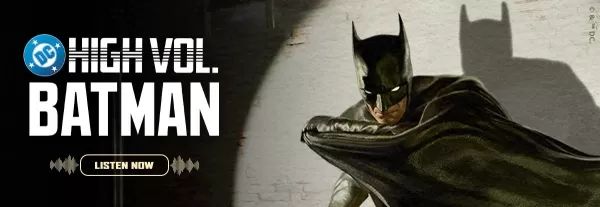
Jandreau highlighted that the series aims to weave an ongoing narrative from Batman’s seminal graphic novels, beginning with Year One, which explores Batman and Gordon’s origins, and then moving into The Long Halloween, set in Batman’s second year.
“The goal is to present the long-running Batman mythos in a new medium, appealing to both die-hard fans like myself and newcomers who might only know Batman from movies or animated series,” Jandreau said. “By going back to the roots and showcasing key moments within a shared universe, using the same voice actors, we ensure a cohesive and evolving story.”
As a lifelong comic book enthusiast, Jandreau finds value in re-experiencing these iconic tales through audio, which he views as an enhancement rather than a replacement of the visual medium.
“Listening to these stories brings out emotions and experiences in a different way,” Jandreau shared. “It’s not about subtracting from the art of comics but adding an audio dimension. You can enjoy them in various settings—driving, with headphones, or even while reading the comics themselves for a multi-layered experience. It’s like having a fireside chat in the style of the 1920s, and each listening method offers something unique without diminishing the original comic.”
The High Volume Companion Series
Jandreau’s companion series serves as an extension of the DC High Volume: Batman narrative, exploring the behind-the-scenes process and the challenges of adapting comics into audio. Available in both audio and video formats on the DC High Volume: Batman feed, the first episode is set to launch on April 24, following the main series' adaptation of Batman: The Long Halloween.
“This project has been in development for years, and the goal was always to showcase the incredible talent behind the scenes,” Jandreau said. “From voice actors and composers to DC staff and the original comic creators, it’s important for listeners to connect with these individuals.”
Jandreau’s involvement stemmed from his work on the DC Studio Showcase video series, making him a natural choice to delve into the creation of DC High Volume: Batman.
“I’ve been part of DC Studio Showcase, a bi-weekly show on Max and Max's YouTube, focusing on the studio side of DC’s universe,” Jandreau explained. “Given my role as the comic correspondent there, it was a natural progression to host this series, which is all about celebrating comics and their adaptations.”
The inaugural companion episode features Jason Spisak, with Jandreau teasing their discussion on finding Batman’s voice and how it evolves depending on the character interactions.
“Jason Spisak has brought a fresh take on Batman,” Jandreau said. “In Year One, we hear Bruce Wayne becoming the Bat, and it’s fascinating to track the development of his voice, how it changes when he’s with Gordon, Alfred, or even in his own head as he transforms into Batman.”
When asked about the structure of the companion series, Jandreau explained that it's designed to highlight key emotional and plot points from the main series, rather than following a strict chapter-by-chapter format.
“It’s not about matching each issue of the comics with a companion episode,” Jandreau clarified. “Our first episode follows a major moment from the first issue of The Long Halloween, allowing us to discuss the transition from Year One, character development, and more. It’s about hitting emotional beats that resonate with both our interviewees and the audience, enhancing their experience.”
For inspiration, Jandreau looked to shows like Inside the Actors Studio and Hot Ones, along with classic late-night talk shows.
“I drew from James Lipton’s long-form interviews, Sean Evans’ nuanced questioning, and the energy of old-school talk shows like those hosted by Johnny Carson and Conan O'Brien,” Jandreau said. “It’s a blend of these styles that I want to bring to the series.”
The Future of DC High Volume: Batman
Looking forward, Jandreau expressed his desire to interview key figures in the Batman universe, such as Jeph Loeb, writer of The Long Halloween, and Jim Lee, his collaborator on Batman: Hush.
“Jim Lee’s creative oversight at DC, combined with his own inspiring work, makes him a must-have guest,” Jandreau said. “And Jeph Loeb’s stories, like Long Halloween, have significantly influenced Batman adaptations. I’m eager to have a deep conversation with him about his contributions.”
Jandreau also mentioned Tom King, whose Batman run included significant storylines like the failed marriage between Batman and Catwoman.
“Tom King’s perspective on Batman, influenced by his CIA background, offers a unique lens,” Jandreau noted. “His approach to Batman’s relationships, pain, and growth is something I’m keen to explore, especially given his involvement in other DC projects like the Lantern show and Supergirl: Woman of Tomorrow.”
Ultimately, Jandreau hopes his companion series will foster a sense of positivity within the Batman fandom.
“The internet can be a hostile place, especially in fandoms where people are fiercely protective of their stories,” Jandreau said. “But these stories thrive on passion, which is why Batman has lasted so long. I want to bring positivity to the genre, making it a more uplifting space for fans, whether they’re long-time readers or newcomers curious about Batman. It’s about opening the comic book store door wide, welcoming everyone without gatekeeping.”
For more Batman-related content, explore the top 10 Batman costumes of all time and the top 27 Batman comics and graphic novels.

